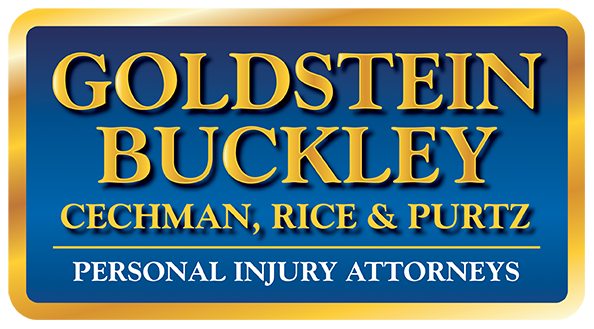Unsafe products are still sold online, even as internet shopping has become a way of life. The beauty of online shopping is you can shop the world. That is also the danger of online shopping.
The question of product safety is still an issue, despite efforts to find and remove harmful products.
How Products Online Can Harm
Customers are harmed by products sold online in several ways including:
-
- Purchasing banned and recalled products
- Inadequate product labeling and safety warnings (including instructions provided in a foreign language).
- Buying products that do not meet safety standards
Internet Product Safety
Online shopping allows buyers to visit e-commerce platforms, websites, auction websites and social media. As a result, shoppers do not always to know who is making and shipping items, or for authorities to find unsafe products.
Since 2001, Amazon.com expanded its network of third-party sellers from 6% to 50%. At least 40% of Amazon’s third-party suppliers are based in China, where counterfeit and dangerous products are common.
Some examples of unsafe products sold online include smoke alarms that did not detect smoke and toys having lead and other harmful chemicals. Counterfeit batteries used in electronics have exploded. Shoppers have been able to buy small high-powered magnets online that are banned in Australia, New Zealand, Canada and the United States.
Banned or Recalled Products Online
According to Organisation for Economic Co-operation and Development (OECD), 68% of items that were banned or recalled were still offered online. In addition, 55% of 60 products did not meet product safety standards.
In 2014, the U.S. Consumer Product Safety Commission (CPSC) found that 10 products sold online had been recalled in 2012 and 2013. The items included cameras, televisions, dishwashers, electric ranges and office chairs with risks for fire, burns, loose parts or skin irritation.
Despite rules of the Food and Drug Administration and the CPSC, thousands of banned, unsafe and counterfeit items are still listed for sale through Amazon.com, eBay and other platforms.
When buying products online from other countries, the United States Customs and Border Protection (CBP) considers buyers importers who are responsible for ensuring that products meet U.S., state and federal import rules, including product safety. That means buyer beware!
How to Protect Yourself
Tips to protect yourself from buying harmful products online include:
-
- Know who you are buying from. The more you know about the maker, the importer or the seller, the better.
- Learn what you should not buy. Visit local and international recall databases for unsafe products, such as the OECD’s GlobalRecalls portal, CPSC recalls and recalls.gov.
- Read safety warnings and instructions. Check how to use the product safely and if there are any age warnings. Any questions? Ask the seller for more information.
- Check ratings and reviews. Online customer ratings and reviews can show safety issues.
- Consider registering your product so you can be informed about recalls, software updates and safety information.
- Report product safety issues to the seller and contact any authorities. Consider writing a product review to alert others.
What to do if Hurt by Unsafe Products
Certainly, online shopping has been helpful and, in many ways, safer than in-person shopping during the pandemic. But if you or someone you know has been harmed by something bought online, you may have a defective product case and/or a case against the site where you purchased it. Our product liability and personal injury attorneys can help you.
